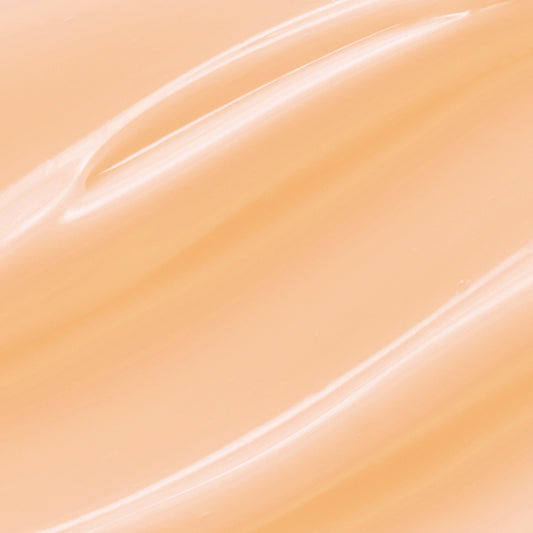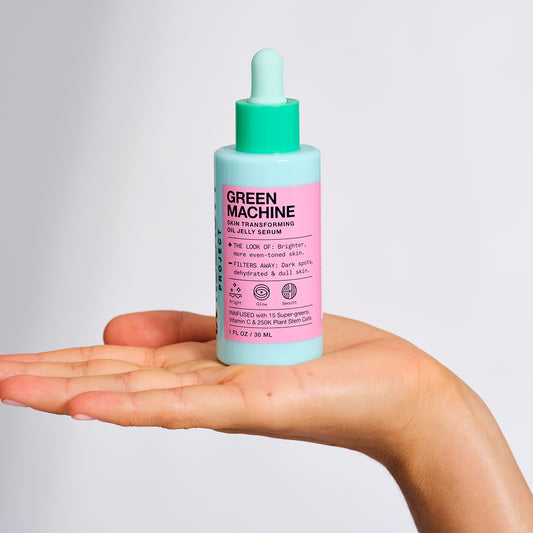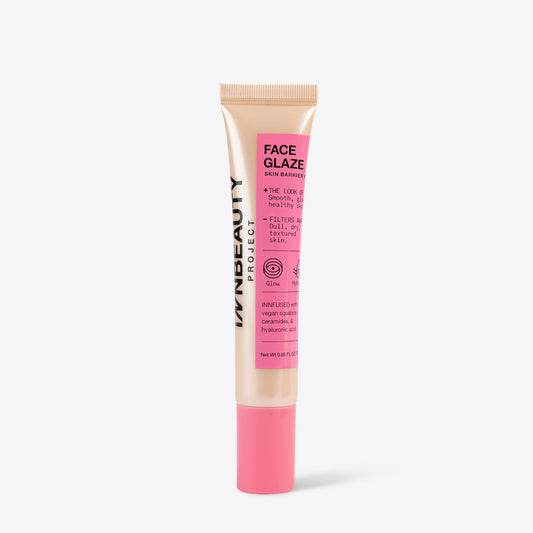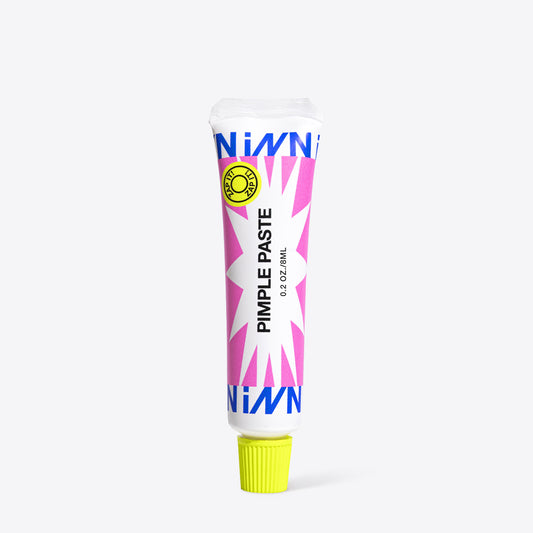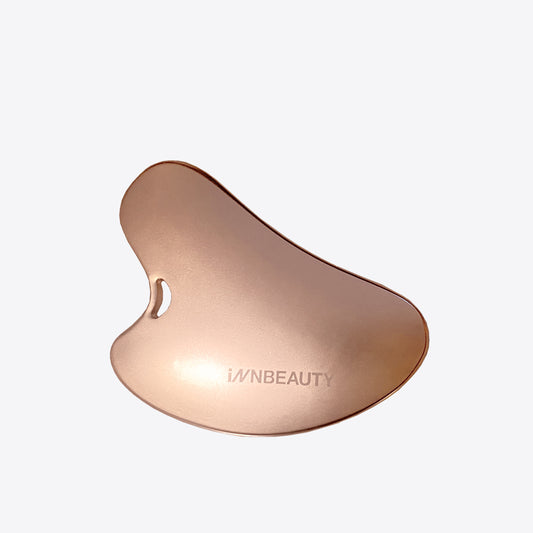Whether your dark circles appear after a late night or you deal with them no matter how much sleep you get, chances are you’ve dealt with dark circles at least a couple of times — and for those with persistent circles, it’s likely color corrector and concealer are mainstays of your makeup routine.
But even though dark circles are so common, many people still don’t know what type of dark circles they have, or even that different types and colors exist. Here’s your full guide to identifying your type of under eye dark circles and what might be causing them, as well as how you can treat them.
What are the 3 different types of dark circles?
Generally, there are three different kinds of dark circles, and they tend to present differently.
- Vascular dark circles: These dark circles are usually caused by poor blood circulation, and they have a blue-ish, purple, pink or even reddish tinge to them. You will often notice this more under your eye.
- Hyperpigmentation dark circles: For this type, you’ll notice that your circles are dark brown or black. They’re a result of an excess of melanin around the eye, and they tend to be genetic, as dark circles can run in families. You’ll tend to see a darkening of the skin 360 degrees around the eye including the eyelid area.
- Indented or hollow dark circles: Unfortunately, some people naturally have bone structure that makes the under eyes appear hollow, which then emphasizes the contours of the face or causes a shadow that can appear dark. This hollowing can get worse with age as we lose density in the already thinner under eye skin. This can result in a grey shadowing under the eye.
What are some causes of dark circles?
The three types of circles can also be caused by a myriad of other factors:
- A combination of thinner skin under the eyes & micro-capillary leaks can cause the blue-ish/purple or pink toned dark circle under the eye to be more prominent. Capillary leaks can come from lifestyle choices like food, alcohol or lack of sleep, pollution, & stress.
- Aging can also cause thinning of the under eye skin as collagen and elastin breaks down, and as you get older, sagging and hollowing can cause the appearance or worsening of dark circles.
- Exposure to UV rays from the sun or blue light from our devices can worsen hyperpigmentation around the eyes. Harsh topical products can also cause skin to darken if not used properly.
- Allergies can cause inflammation that leads to puffy and dark under eyes.
- Rubbing your eyes causes irritation, and constantly pulling and tugging on the delicate skin around the eyes can cause swelling and darkness.
How can you identify which type of dark circles you have?
To identify the kind of under eye circles you have, you’ll need to examine your face in the mirror to see where the darkness is coming from.
If you gently pull at the skin under your eyes and the color of your dark circle doesn’t change, it’s likely that you have dark circles caused by hyperpigmentation. If the color changes when you move the skin, then you either have vascular or indented dark circles.
Vascular dark circles can generally be identified by their unique color. On fair to medium skin tones, you’ll notice a red, blueish or even purple hue under the eyes, and on dark to deep skin tones, they’ll tend to look more purple in tone.
To confirm if you have hollow dark circles, you should look at your bone structure and your eyes, as those with deep set eyes can also suffer from these types of dark circles. Additionally, playing with lighting can help you determine if you have this type of dark circle, as overhead lighting will exacerbate the darkness, while lighting directly in front of your face will cause the shadow under your eye to disappear. Those with hollow under eyes usually also have a prominent tear trough area.
How can you treat dark circles?
There are a number of treatments for dark circles, from skincare products to treatments from your doctor. One of the best ways to combat dark circles is to incorporate a powerful under eye cream into your skincare routine.
“Our Bright & Tight Eye Cream uses a high-performance cocktailed formula with 15% clinically proven active ingredients that include peptides, three types of Vitamin C, tranexamic acid and caffeine to brighten and tighten the under eye area. Third party independent clinical testing on the final formula showed that Bright & Tight significantly reduced both dark circles and crow’s feet in just 5 days!” says Jen Shane, INNBEAUTY Project Co-Founder and Head of Formulation.
You can expect visibly reduced dark circles, hyperpigmentation, and wrinkles, while also benefiting from the way the cream smoothes the under eye, prevents thinning of the skin, and helps with blood microcirculation.
Lifestyle changes can also help treat your dark circles. Make sure to get enough sleep at night (experts suggest 7-8 hours a night for adults) and in the morning, items like cold compresses, cucumbers and tea bags placed on your circles can help with both puffiness and the color of your under eyes.
The wrap-up
There are three different types of dark circles, and they can run the gamut from blue to dark brown. Dark circles can be caused by genetics, lifestyle choices, exposure to the sun, anatomy, and aging, and you can identify your dark circle type by examining your under eyes and determining how moving the skin and choosing different lighting figurations affects the color of your circles. Fortunately, dark circles treatment can start right at home, and making changes to your sleep schedule can help lessen their look.
Eye cream is also a great way to combat dark circles, and you should look for ingredients like Vitamin C, caffeine, and peptides to lessen the appearance of puffiness, darkness, hyperpigmentation, and slow circulation on your under eyes. You can pair your eye cream with in-office treatments like laser and peels, and talking with your doctor can determine if you need surgery.







